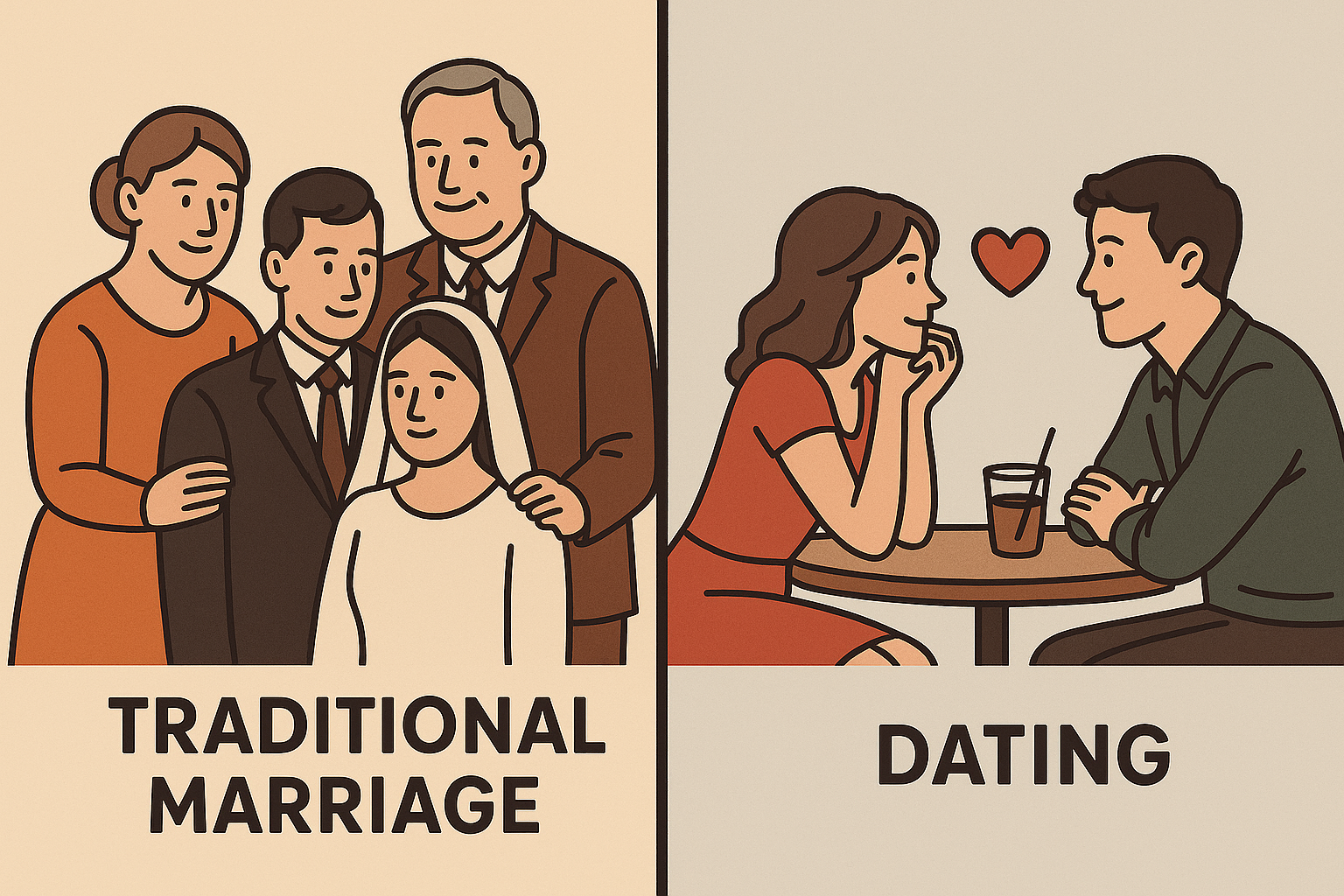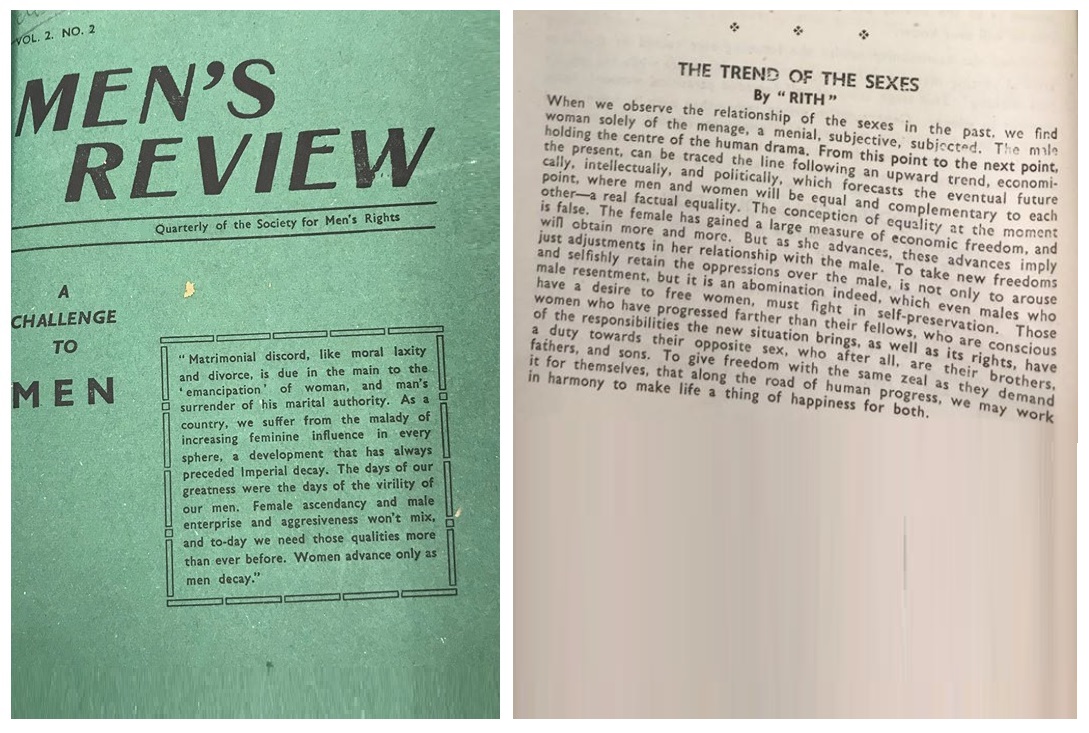The following represent four hypothetical models that women might propose for relationships with men. The designation wife is shorthand for any long-term relationship, whether legally married or not.
| Category | Essence | Dynamics in Marriage/Partnership | View on Roles | Cultural Echo |
|---|---|---|---|---|
| Tradwife-1 (Non-gynocentric tradwife) | Pre-Victorian traditionalism | Reciprocal partnership; both husband and wife contribute meaningfully (work, domestic, emotional, social) | Roles may differ but without female privilege; husband not subordinated | Medieval / early-modern marriages of mutual duty |
| Tradwife-2 (Gynocentric, performative tradwife) | Post-Victorian / 1950s archetype | Husband provides/protects, wife’s comfort and feelings prioritized | Two-spheres doctrine; parasitic tendency, wife on pedestal | 1950s “perfect housewife” ideal, gynocentric home culture |
| Feminist wife (Gynocentric, pretense of equality) | Modern feminist model | Rhetoric of equality, but still gynocentric in practice; woman’s empowerment and comfort prioritized | “Equality” reframed as men doing more provision and domestic work while women retain privileges | “Strong independent woman” image with hidden male obligation |
| Modwife (Non-gynocentric libertarian) | Modern libertarian partnership | Independence for both partners; free cooperation without pedestalizing or scapegoating | Roles negotiated freely; neither ideology nor hierarchy dominates | Contemporary couples who split bills, share roles, and avoid both tradwife and feminist dogmas |
For more on these theoretical models, see the following:





